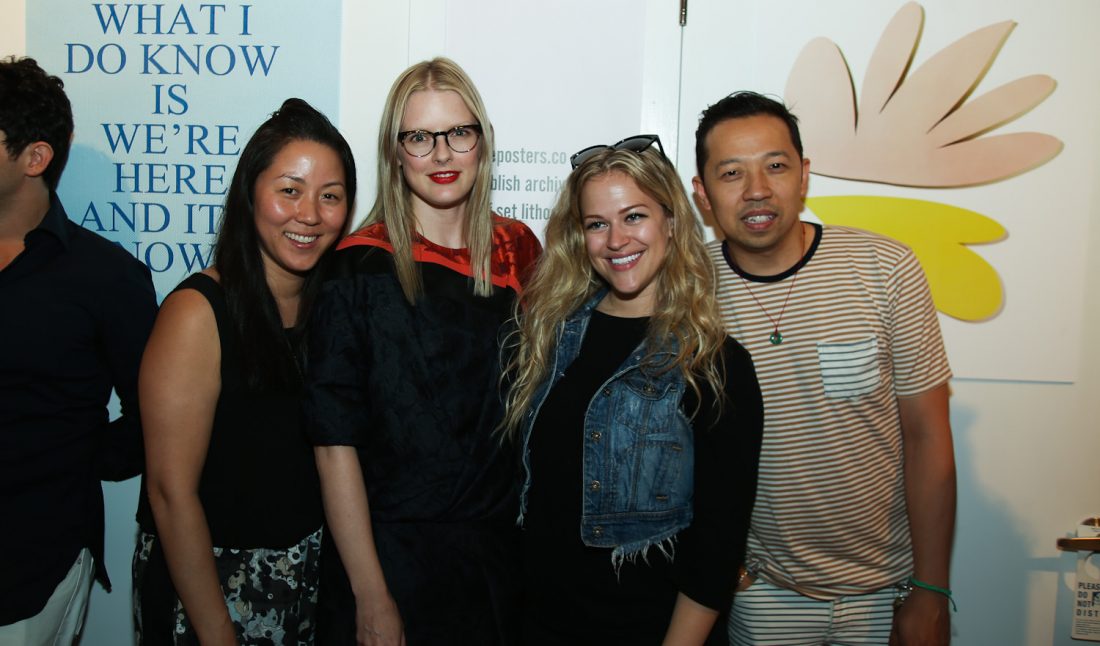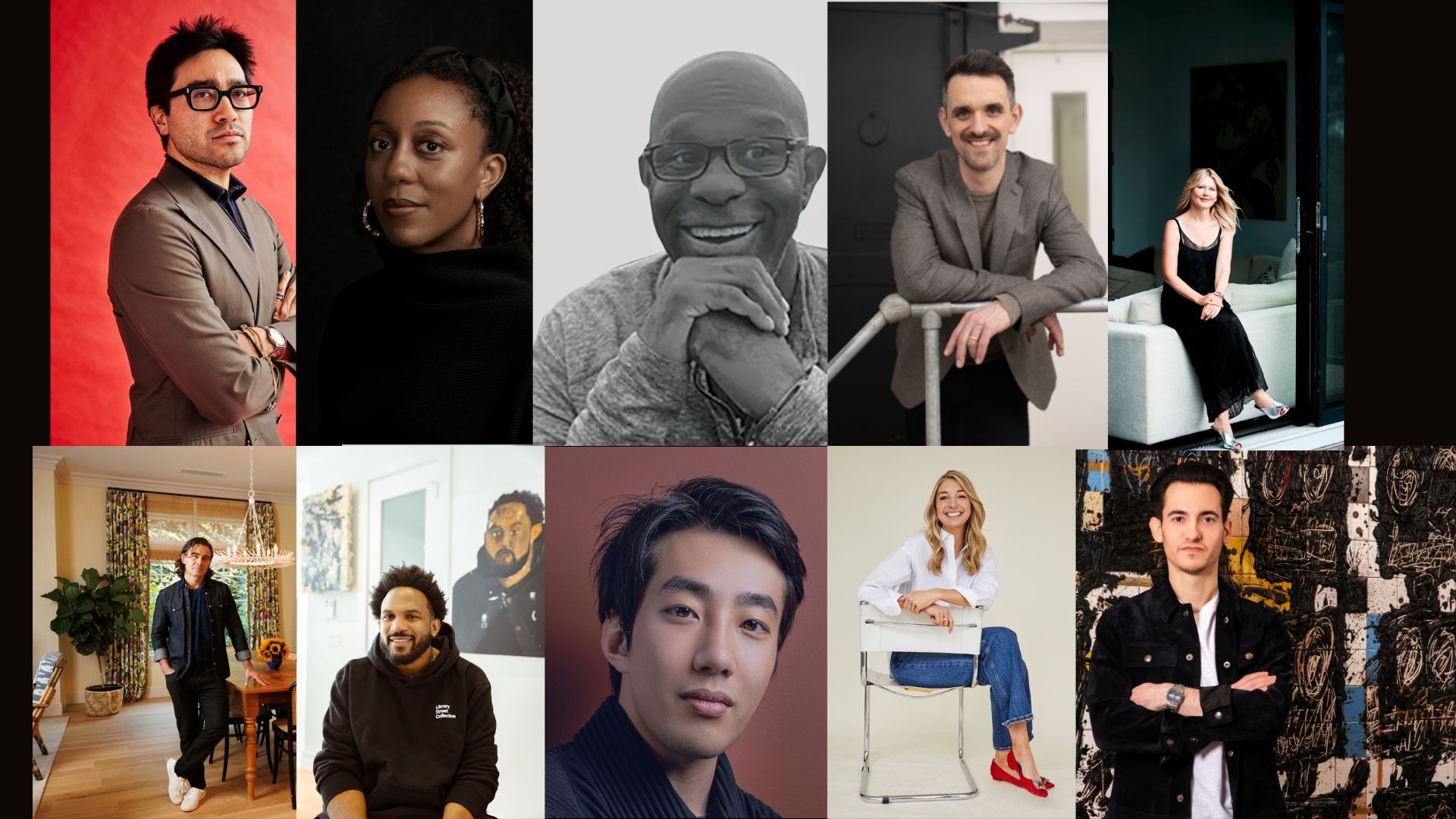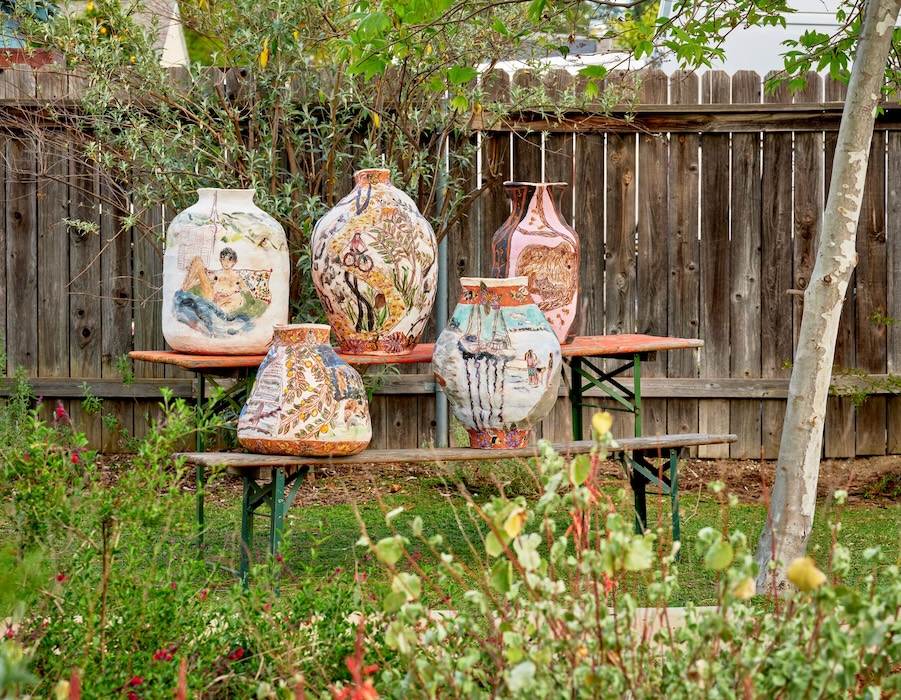Gone are the days when teenage dream posters cling to your bedroom walls in hopes of making it to college with you. Nowadays, modern, more sophisticated pieces have made their ways into frames, and ultimately, into homes. The mess of crass clutter is out, and the clean edges of modern art are in.
Lucky for us, Athena Currey and Adrian Rosenfeld of The Posters are here to cure our interior itch, and provide us with a philanthropic initiative to propel art education. Poster children, rejoice!
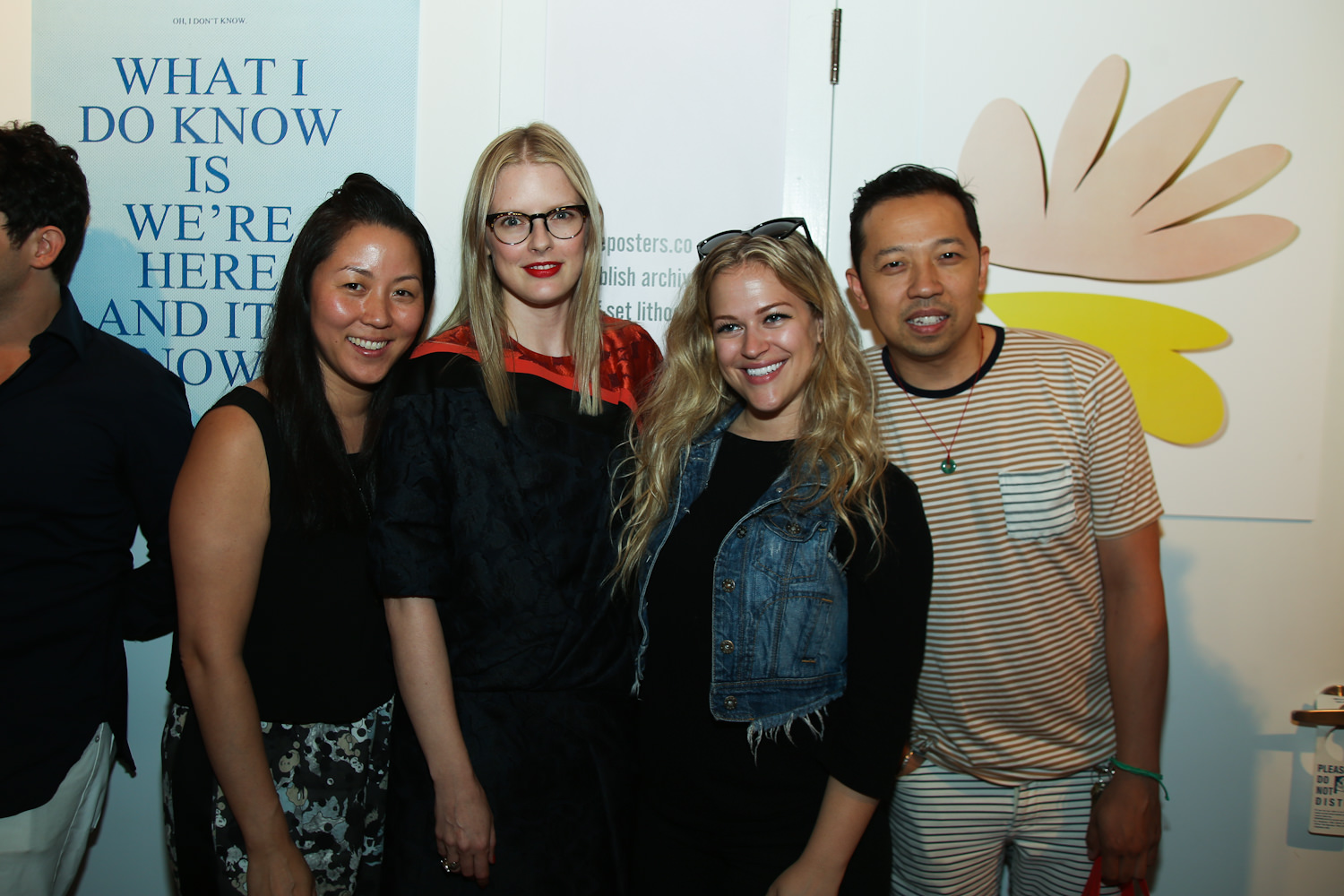
After launching their e-commerce website in December, and first pop-up store at Art Basel Miami Beach at The Standard, the duo paired up with Opening Ceremony (OC) in July to host yet another successful event. Champagne, shopping, and poster signing by the artists themselves was an event OC’s founders were glad to be apart of.
“We had an arts program in our high school—and I went to a private school—so it was different, but it was still an option,” said OC’s co-founder Carol Lim. “And for sure, people think of it as a secondary, supplementary course. In Europe, it is such a focus. It’s mathematics, it’s art—it’s very much on the same level. I do think there’s a lot more work we have to do to make it accessible and accepted, but this is a great start.”
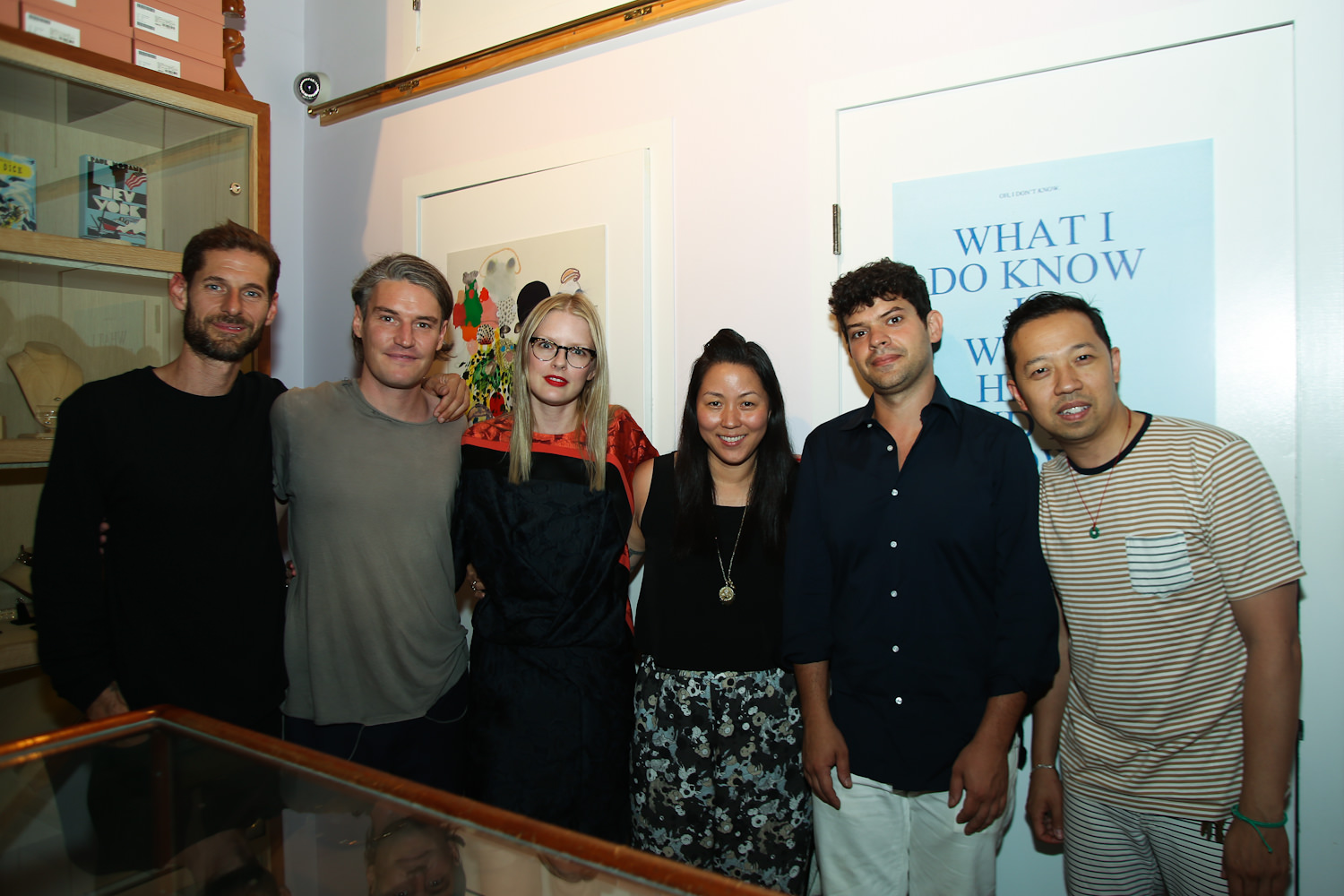
We also spoke to The Posters’ co-founder Currey to gain a little more insight as to how, what, and why The Posters is changing the youth art scene.
WHITEWALL: How did you and Adrian meet? How did The Posters come to fruition?
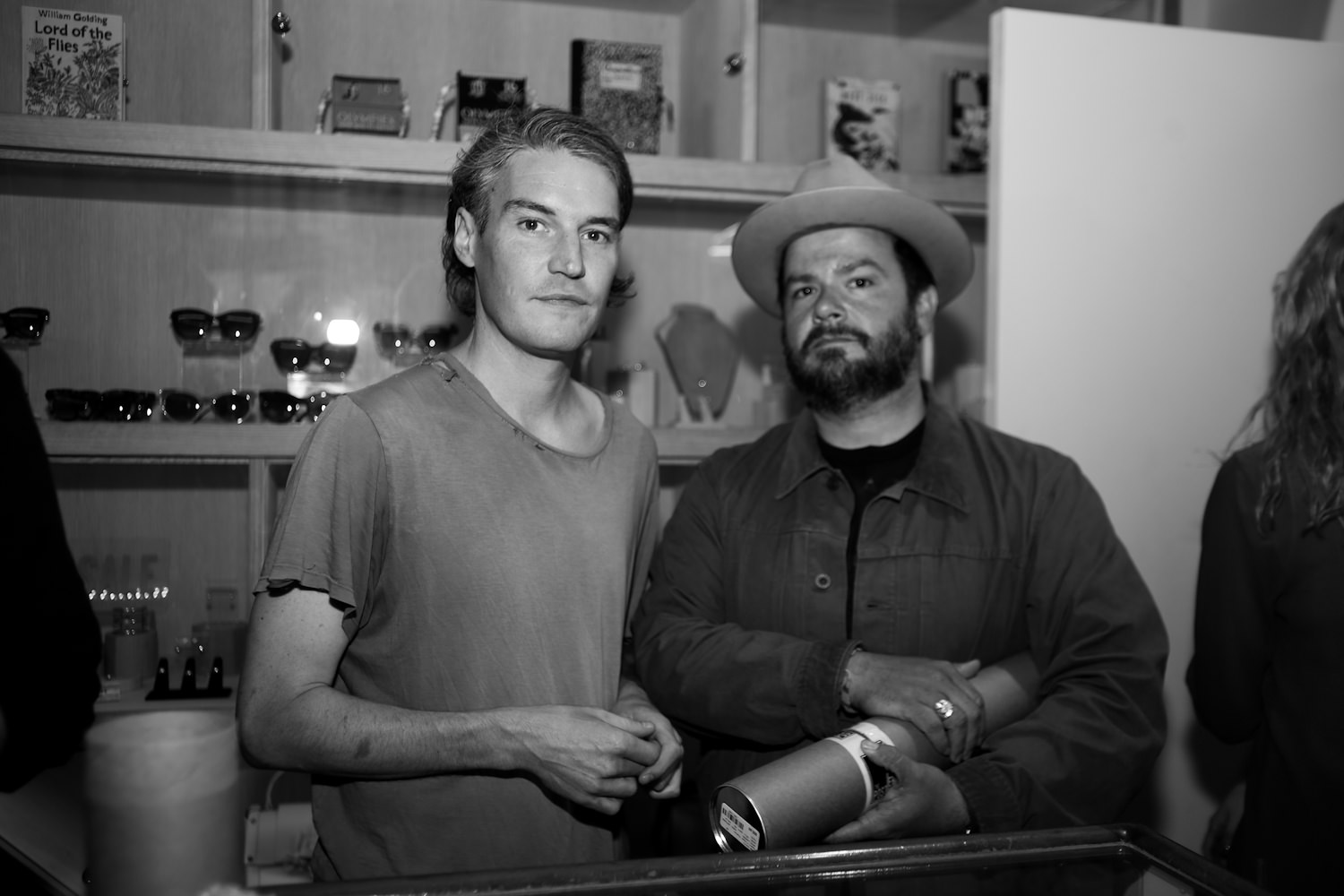
ATHENA CURREY: I moved out to L.A. about a year and a half ago, and before I moved, I had been working as a studio manager and working at Roosevelt Hospital teaching art to oncology patients. So I was working in the arts at different capacities. But when I moved out to L.A., I wasn’t quite sure what my next step was going to be, and I was talking to my friend Christopher (who was one of my fiancé’s agents at the time), and he was like “Oh, you have to meet my friend Adrian.” He said that he was kind of talking about similar ideas and that we would really hit it off and that it could be a great relationship. So when we met, we were talking about the same things—accessible art and giving back to the community of artists. Somehow we wanted to create an ecosystem where art could support art. And I think the plan was “Well, we have these beautiful pieces of artwork from artists. If we could take them and make them accessible, and then somehow fund art education with some of that money, then these students who are learning music engineering, fashion design, animation, and critical thinking could be the people to build the museum and make the art, and design the clothes, and really keep it going.
WW: Did you struggle to find an importance in art curriculum when you were growing up in Oregon as a kid?
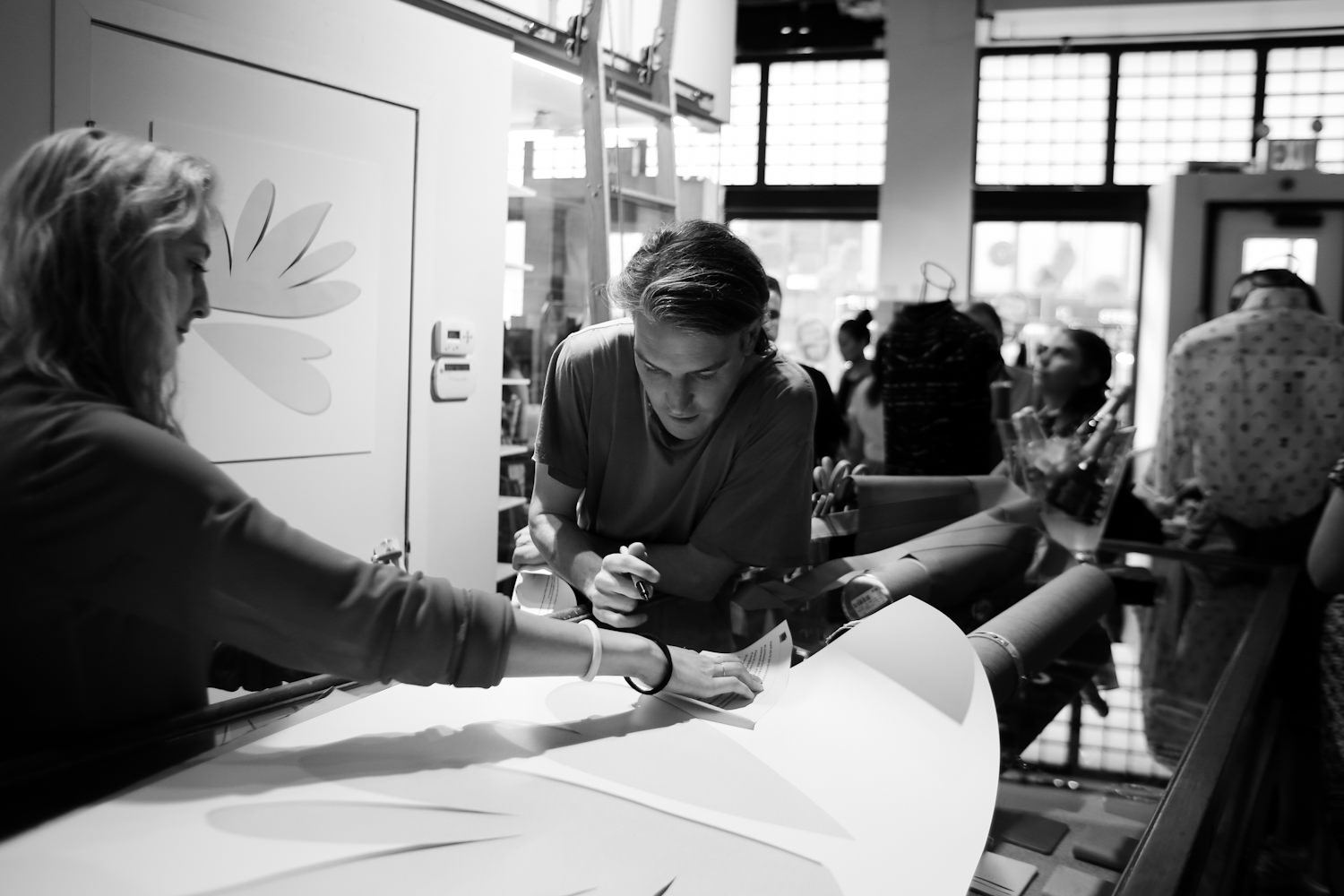
AC: I have always loved making things, but as far as things that were available to me in Oregon, they were never presented to me personally. I took an art class in high school, but honestly, it was an “easy A” kind of thing, and it wasn’t really that stimulating. I would draw at home and do things, but it was very personal. And no one ever told me “you can be an artist.” That was never really offered as an option. A fashion designer, an animator—all of these creative jobs that I know about now, I had no idea they existed. So it was a big learning experience for me.
WW: How do you choose the pieces to feature?
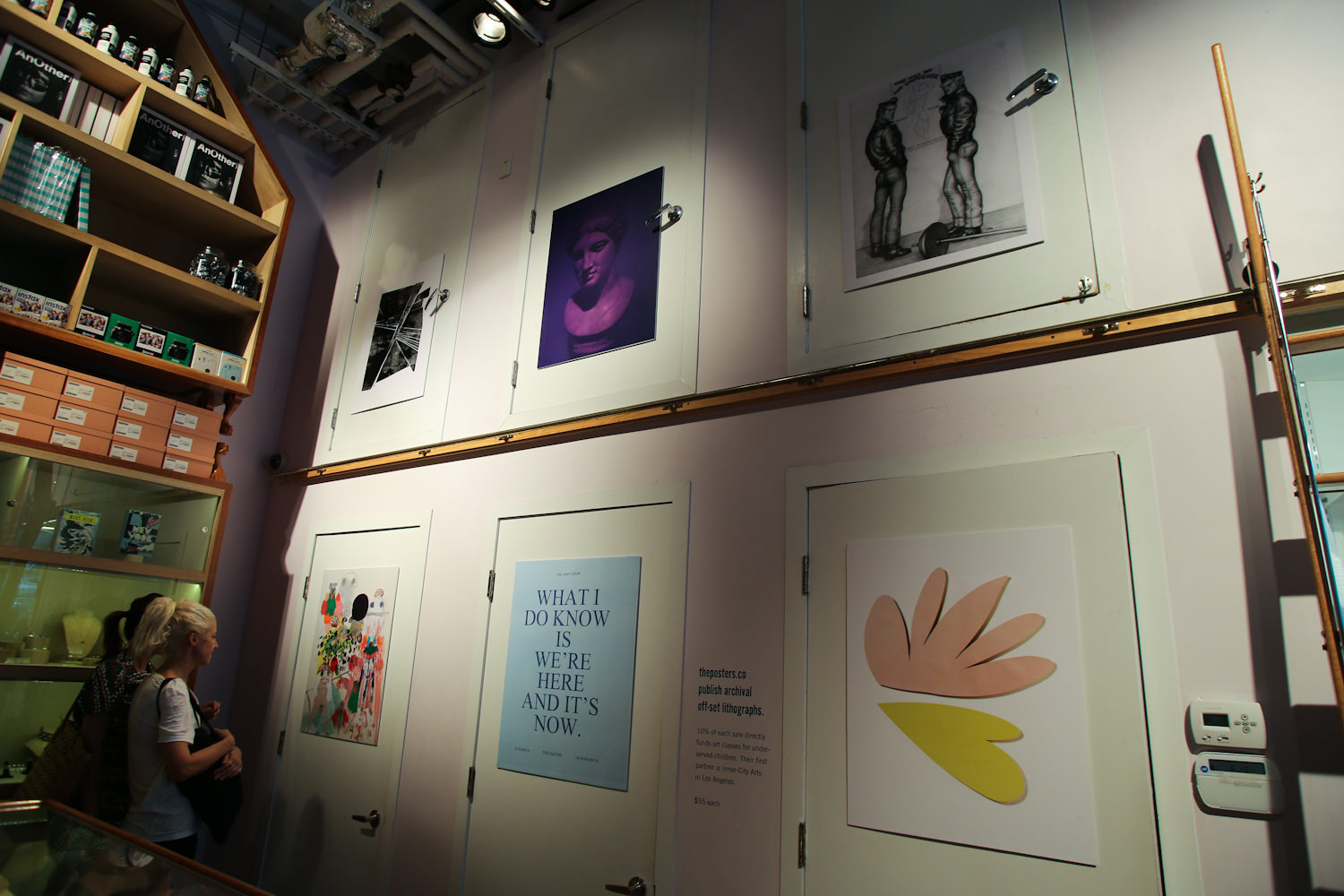
AC: We started with our first two artists by asking people that we knew. So Adrian had asked Wyatt Kahn and I had asked Nate Lowman. And then from there, it really depended on the artist. We would cold call, and reach out to people we had never met before, or people who were suggested by friends. I did studio visits, we got submissions. We’re always looking for new artists. Most importantly, it’s the stuff that we like.
WW: You have a goal of funding 1,000,000 hours of art classes by 2016. Where are you at in terms of reaching that goal?
AC: That was the original goal before we even had a website or had an artist. [Laughs.] And I think we are realizing that one million hours is still the goal, but it’s going to take us quite a bit more time. I don’t know how long it’s going to take us, but we’re going to keep going until we get there for sure.
WW: How much does it take to fund one hour of art classes?
AC: Three posters sold equals a little over an hour of classes for one child.
WW: Why did you choose LA Inner-City Arts?
AC: We researched a few places, and we felt that when we visited that campus specifically, it’s really inspiring. The teachers work so well with the kids—they’re so thoughtful, they’re really sensitive to being respectful to the kids, and they’re really teaching them important things like critical thinking. They don’t show a piece of art and say, “Do you like it? Do you not like it?” They ask, “How does it make you feel? What do you see?” They really help the kids start to communicate and create thoughts. As a social community, being able to articulate your thoughts really goes a long way. And also, they’re learning basic engineering by building workable sculptures, which is so cool. And Disney donated real animation tools, so that they’re actually learning programs that animators are using. We tell kids to dream and to follow dreams, but sometimes, in my case, I didn’t even know what to dream about because I didn’t know those jobs existed.
WW: What are you working on now?
AC: We are just finishing up a collaboration with The Standard, Miami. They came to me and said they wanted to do a poster for their 10th anniversary. They really wanted to find a Miami artist, and I suggested Jim Drain, and he came on board. We’re going to sell the posters on our website, and then 10% will still go to L.A.’s Inner-City Arts. And they’re going to sell them on their website as well, so 10% will also go to Miami’s Arts Education Partnership.






